When you walk into a bike shop looking for your next ride, try not to feel overwhelmed by the myriad of bikes, designed for every purpose imaginable. Whether you'll spend hours or days on the road, there's a specialty bike for every need.
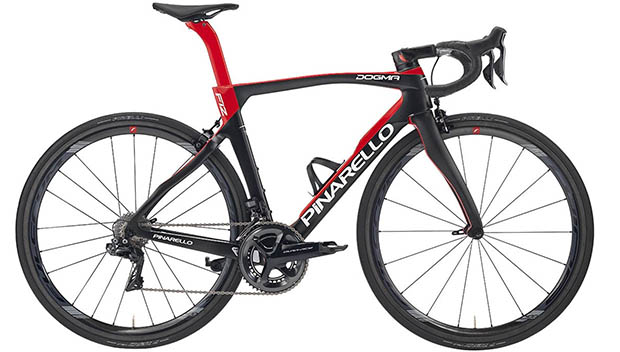
All-Around Racing
Jack of all trades, master of none, this type of bike is light enough for climbing and aero enough for flat-out sprinting while still providing all-day comfort. An all-around race bike may weigh a little more than a climbing bike, and not be as slippery as an aero road bike, but the versatility of an all-around racer is hard to beat.

Climbing
If climbing is your thing, you'll want to go with the lightest bike possible. Featuring super-slim tubes and ultra-light components, a climbing bike feels almost like it's jumping forward with every turn of the cranks as the road pitches upward.
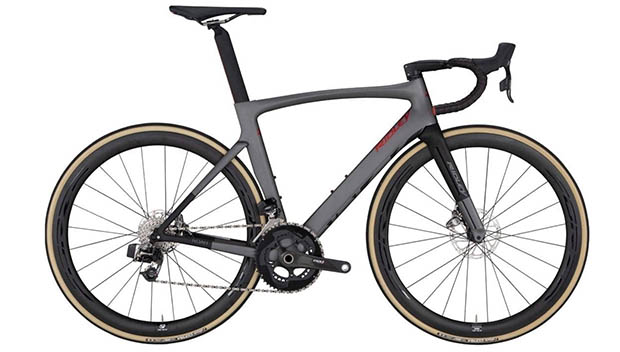
Aero
The tube shapes of aero road bikes have been optimized to reduce the amount of aerodynamic drag on the frame. If you're a sprinter--or a fan of shameless speed--you need to have an aero road bike. Aero road bikes frequently have more carbon--which may provide a slightly firmer ride--to create the wind-reducing frame shapes. Because of the additional carbon, an aero road bike might weigh a little more than an all-around racer or a climbing bike.
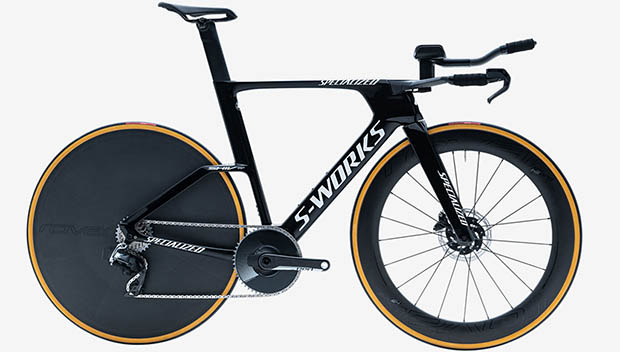
Time Trial
These single-purpose bikes are designed for going as fast as possible. A time trial bike puts you in an aerodynamic position and unless practiced, could be a little uncomfortable. Like aero road bikes, time trial bikes construction require more carbon and may weigh more than other types of road bikes. Time trial bikes differ from triathlon bikes, as they must conform to the international governing body for cycling--UCI--rules regarding frame dimensions.
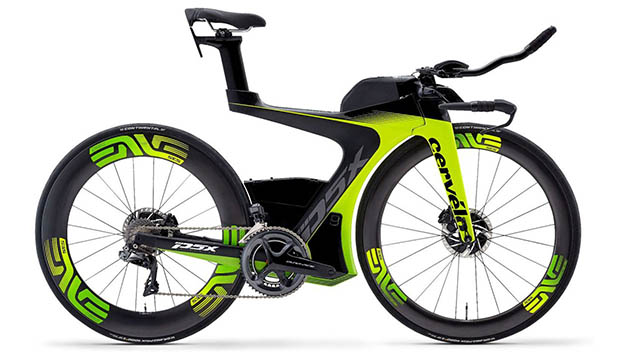
Triathlon
Tri bikes may have frame shapes and dimensions that are prohibited by the UCI but allow the ride to slip through the wind with less resistance than other types of road bikes. Tri bikes also have integrated nutrition and hydration storage, which might not be found on a time trial bike.
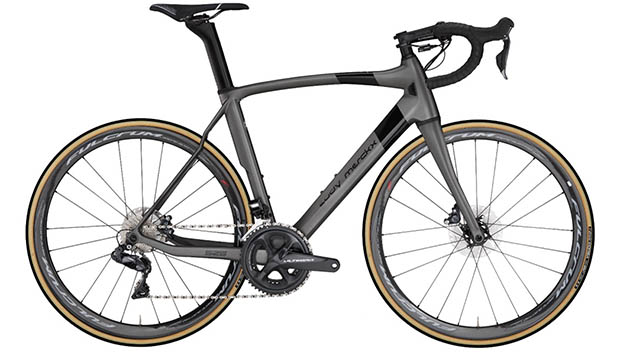
Endurance Road
The geometry and construction of endurance road bikes puts the rider in a slightly more upright position and may offer more comfort than a road racing bike with a longer head tube, less-upright seat tube angle and frame materials that prioritize compliance and comfort. Clearance for tires wider than 25mm is now standard; wider tires can be run at a lower pressure, which means additional comfort.
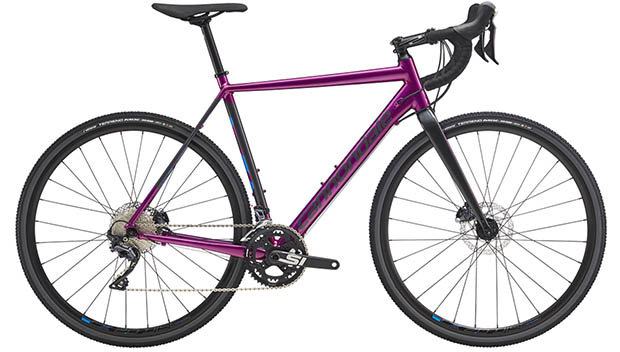
Cyclocross
Cyclocross--a hybrid of mountain and road racing--bikes are designed with plenty of clearance around the rear wheel to allow for wider tires and plenty of mud. The current trend in cross bikes is for a single chainring, called a "one-by" setup, for simplicity and reducing the risk of mechanical failures. 'Cross bikes are versatile and can be used for commuting, bike packing or gravel riding.
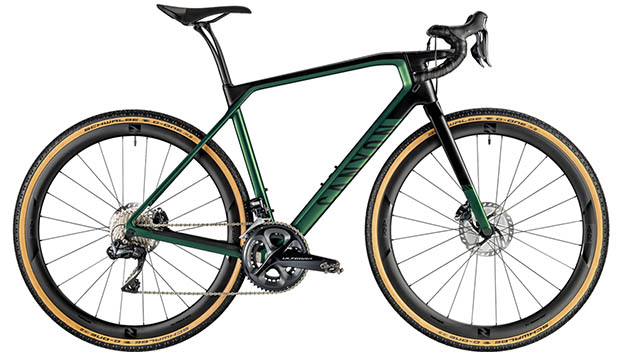
Gravel
Sometimes referred to as "adventure bikes," gravel bikes have similar geometries to endurance bikes and clearance for wide tires, like cyclocross bikes. Some gravel bikes offer rack and fender mounts and might come with a 1x11 or 1x12 drivetrain. These bikes are at home on unpaved surfaces and paved roads alike. The geometry is not as aggressive as a cyclocross racer, and the ride quality may be suited for longer days in the saddle, like an endurance bike.

Bikepacking
Previously known as touring bikes, bikepacking frames offer mounting points for fenders and racks to stow gear. Weight is not as crucial as durability and stability when you load up this bike for a multi-day adventure on and off paved roads. Bikepacking wheels may be wider with wider than standard road tires, which add additional comfort and control.
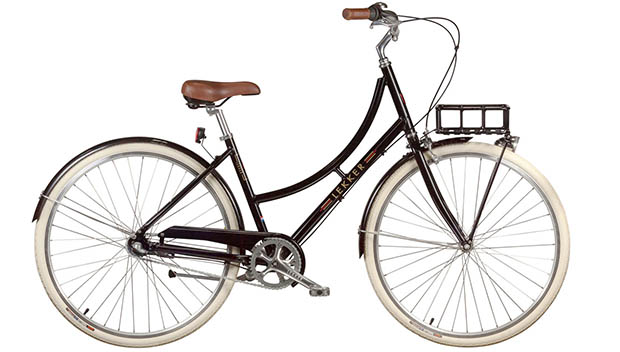
Commuter
A commuter bike can be any bike you want--like a converted single-speed or track racing bike. But walk into a bike shop and you'll notice that dedicated commuters usually have fenders and racks already mounted. These bikes frequently come with a flat handlebar to help keep the rider in a position to see, and be seen, in traffic.

e-Bike
eBike variants may be commuters, off-road/mountain or road racing bikes. An eBike can speed you from 15mph to 25mph with minimal effort and assist your pedaling--up to a preset speed--while the motor is engaged. eBike battery life is dependent upon many variables: rider weight, terrain, road quality, ambient temperature and size. eBikes can weigh a lot more than traditional bikes because of the battery and motor.
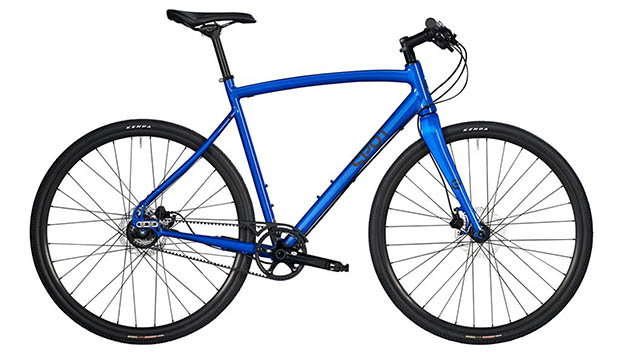
Hybrid
Blending features found in road and off-road bikes, hybrids may offer front suspension, flat-bars like a commuter, wider wheels and tires like a bikepacker and a slack, unaggressive geometry like a gravel bike.
READ THIS NEXT: Why the Do-It-All Bike Has Become So Popular




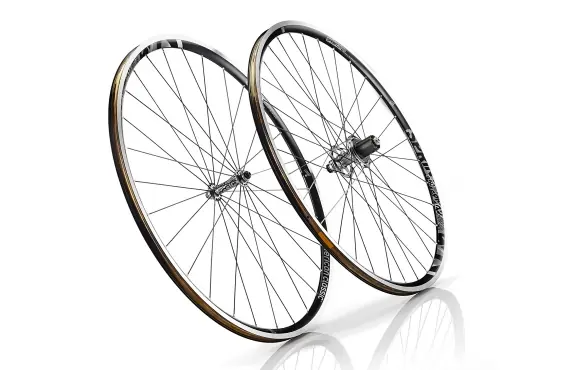

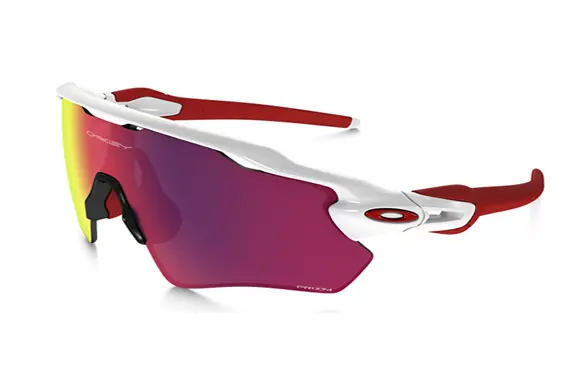
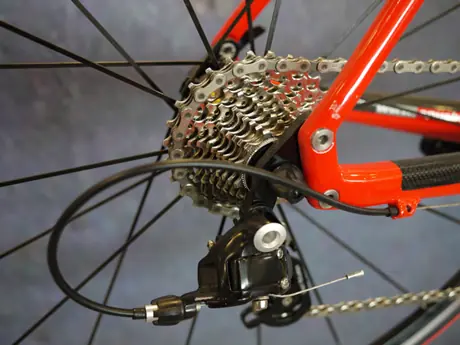
Discuss This Article